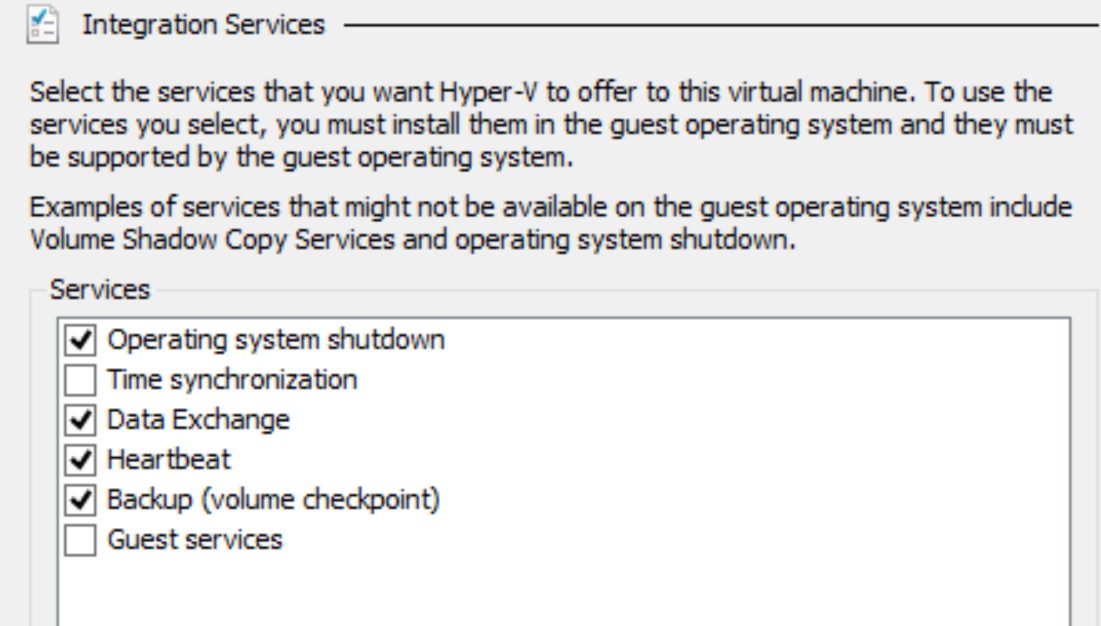Time servers
-
I have two questions.
- what is the difference between the timeservers setting in General setup and NTP configuration in Services?
- I noticed You may need to disable NTP if pfSense is running in a virtual machine and the host is responsible for the clock. in the NTP server settings.
I have a single home server running ESXi with virtualized pfSense.
In this case, where should I configure the NTP server(s)? I presume on the pfSense's side, and set pfSense IP as the NTP server in ESXi, because ESXi has no internet access without pfSense running, but that's just a guess...
-
-
Configure one local time server which is synchronized to external time sources
-
Synchronize all other local clocks to your local reference time
Most virtual machines have their time synchronized from the hypervisor when started up but not there after. So each virtual machine needs to run time synchronizing software to maintain time accuracy.
Some guests do have their time maintained from the hypervisor (such as Windows on a Windows server).
For example I run
-
pfsense as a virtual machine under Proxmox.
-
ntp on pfsense to maintain time for the pfsense VM.
-
Chrony runs on Proxmox hypervisor and is my local reference.
-
-
@patch Ah ok, so I have it set up mostly correctly after all.
What should I use on the ESXi then? The remote servers or the local?
-
@octopuss
What I do on Hyper-V is disable time sync from the host for the pfSense VM. NTP runs on pfSense, all local machines {including the host} look to PFSense for time sync, and the host maintains time sync for machines that are powered off.
